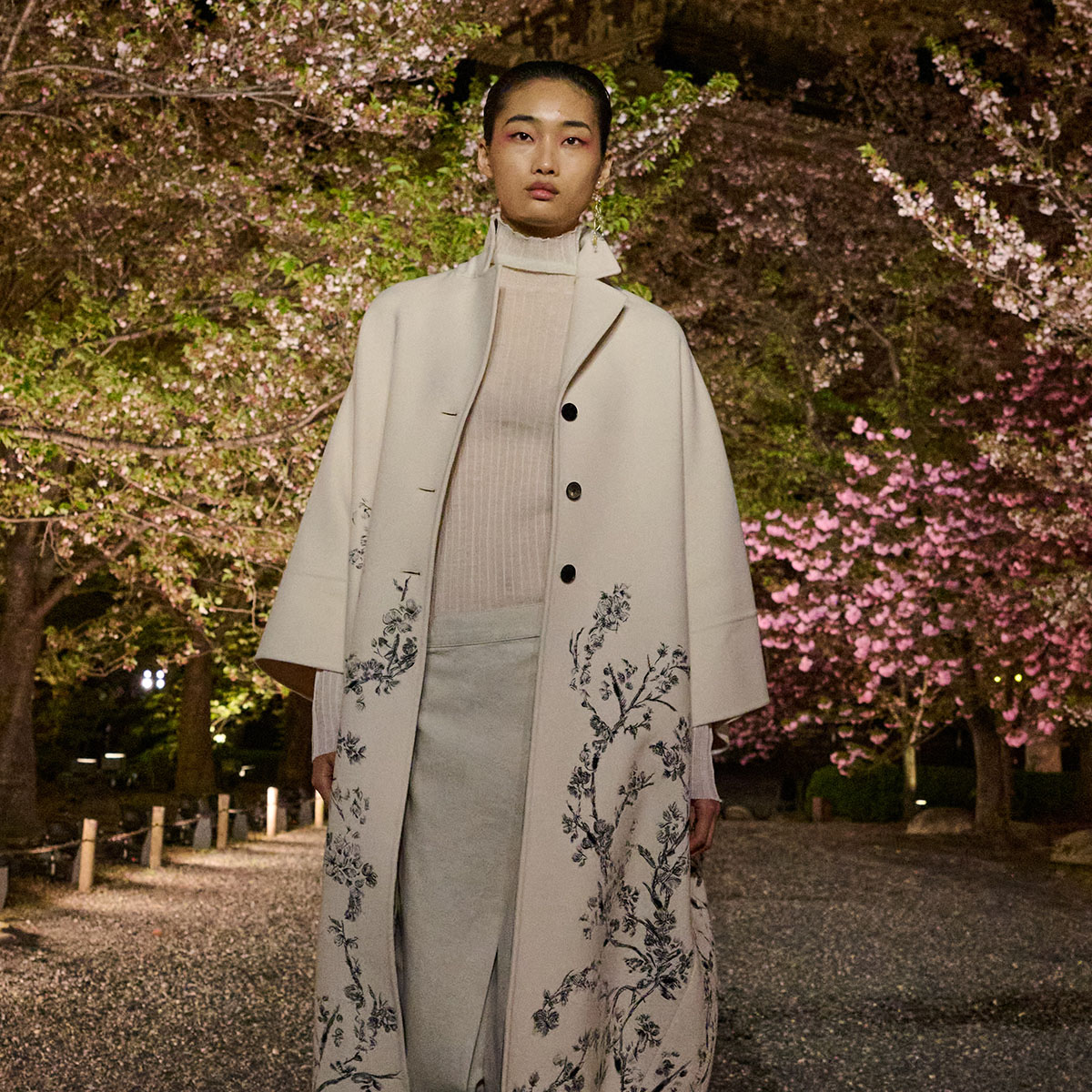The Free App French Girls Are Using Instead of Going to the Dermatologist
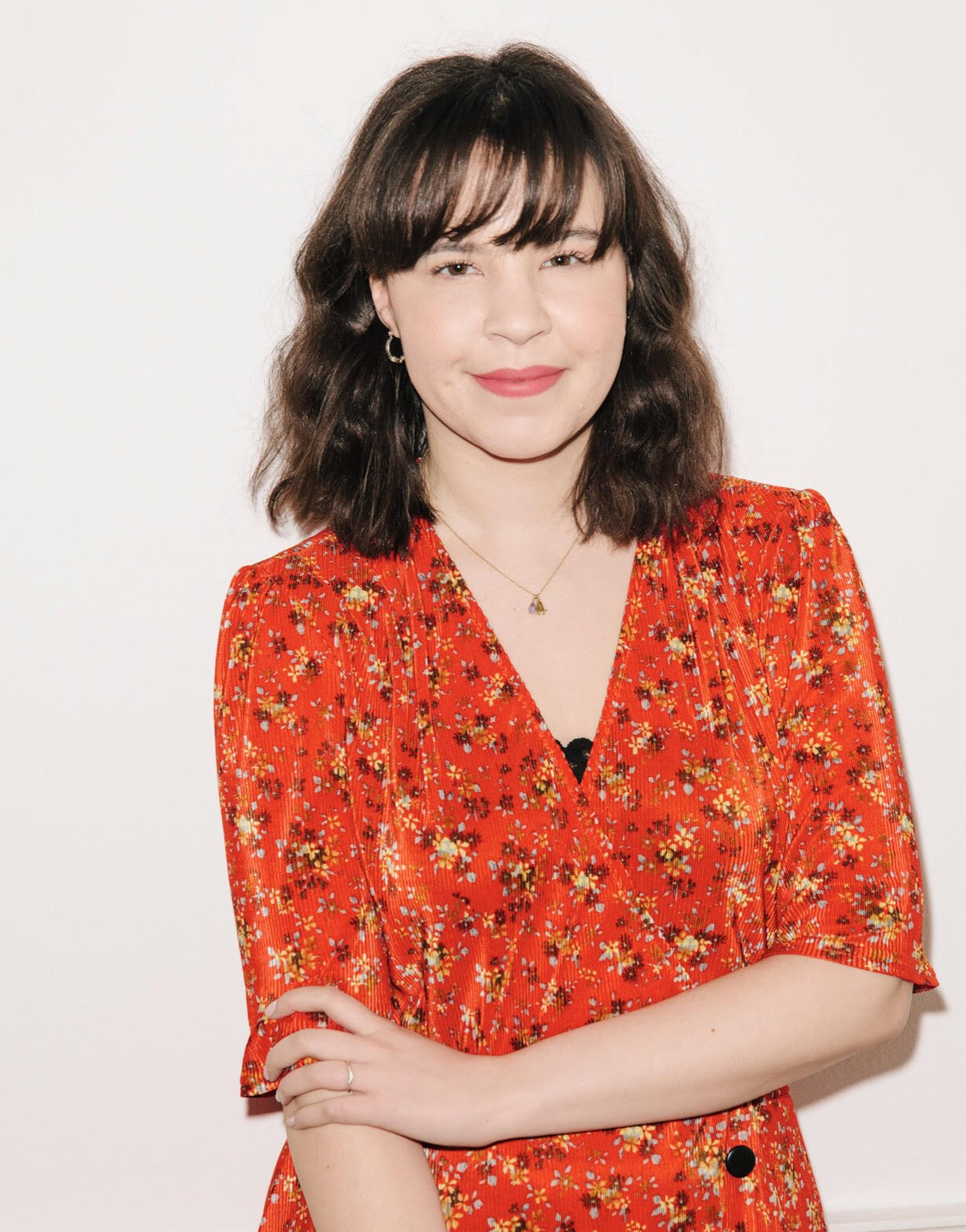
If you thought that skincare was getting a bit high-tech with the rise in beauty tools, your mind is about to be blown. This week, French pharmacy brand La Roche-Posay announced the launch of its first-ever acne diagnosis tool, powered by artificial intelligence: Spotscan. An entirely free tool you can access via your smartphone, it uses the Global Acne Severity Scale to grade the severity of acne, and count the number of blackheads, inflammatory spots and marks left by spots, before offering up expert advice.
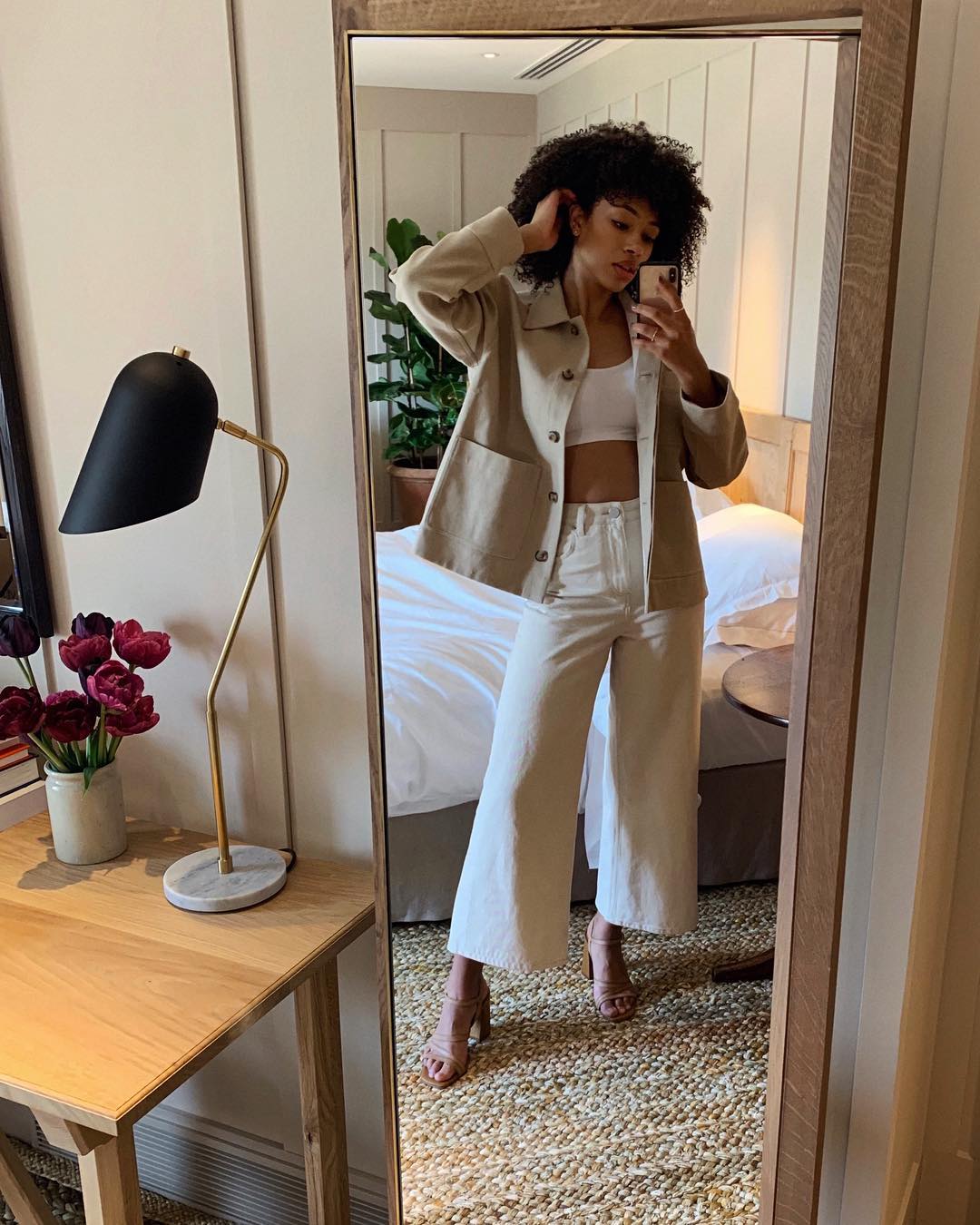
Despite 40% of adults and up to 80% of teenagers being affected by acne, currently only 2% of the UK has access to a dermatologist, so having one in your pocket is pretty revolutionary. Keep scrolling to find out how it works and to see the skincare routine I was recommended when I used it.
So How Does It Work?
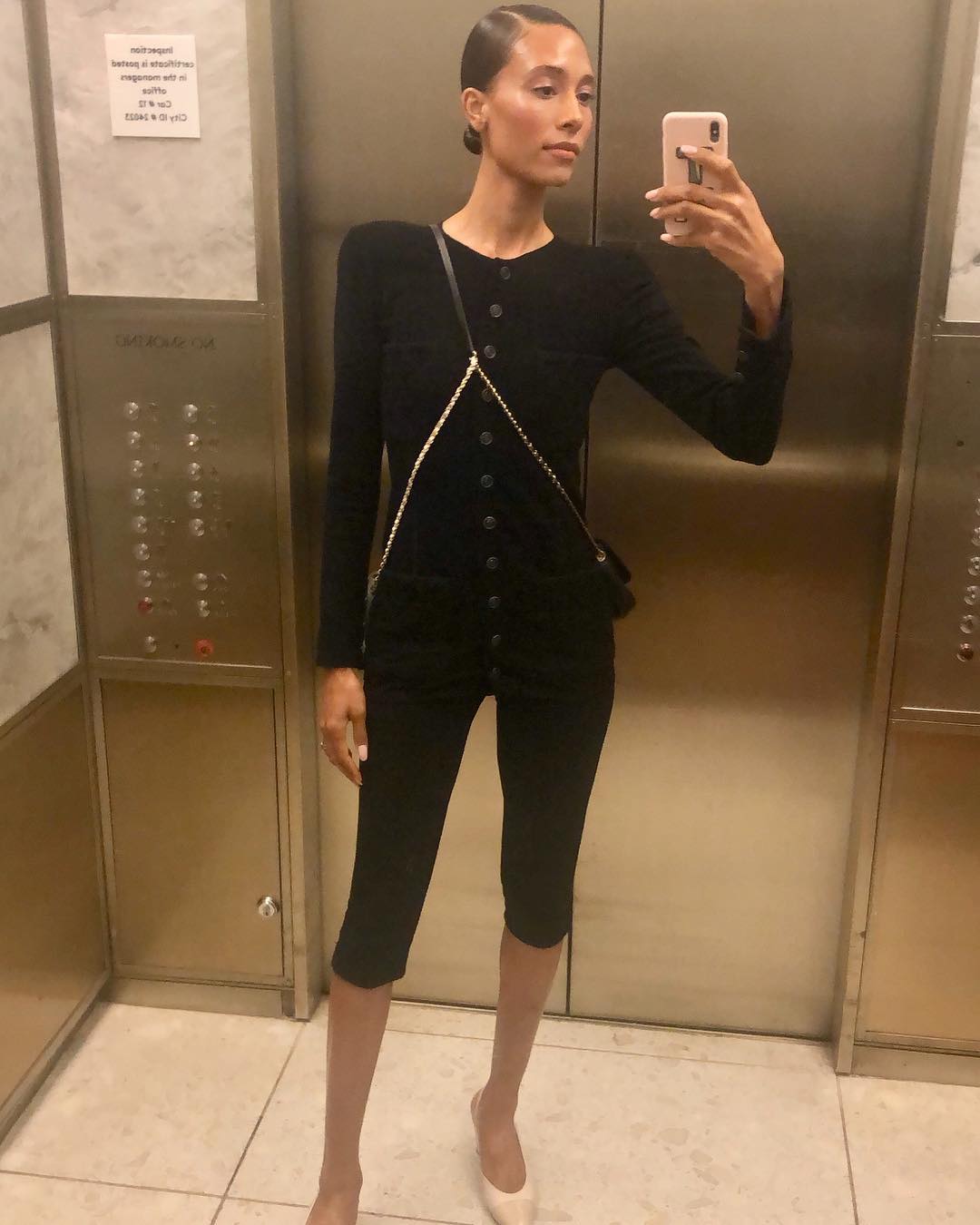
"The tool takes three profile images of the skin," explains Martin Foret, international senior product manager at La Roche-Posay. "The La Roche-Posay Effaclar Spotscan algorithm then scans these images identifying the number of spots, blackheads and marks left by spots on the skin."
"To create the algorithm, Spotscan contains extensive data sourced by dermatologists, including over 6000 dermatologist patient photos of all ethnicities, sourced and graded by acne experts. This data allows the tool's algorithm to grade the skin from 0 to 4+ using the GEA grade system and make skincare recommendations."
Why Is It Useful?
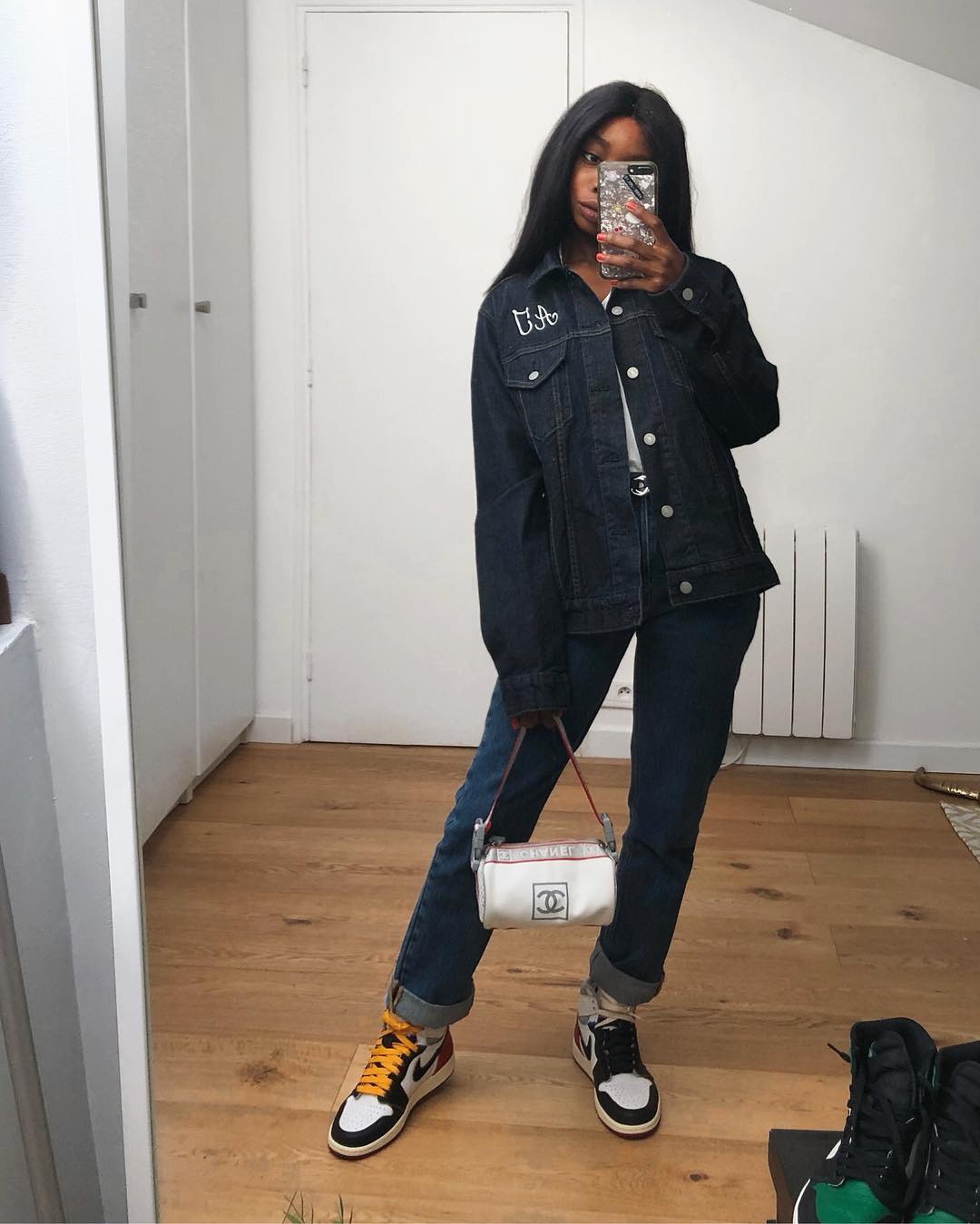
The French pharmacy brand pride themselves on being "a pioneer in beauty tech and developed Spotscan to meet the needs of those with acne-prone skin," according to Foret: "We built Spotscan to help these men and women with acne-prone skin understand the condition better and identify their recommended skincare routine."
Related: A French Girl Walks Into a Drugstore—Here Are the Beauty Products She Buys
My Experience
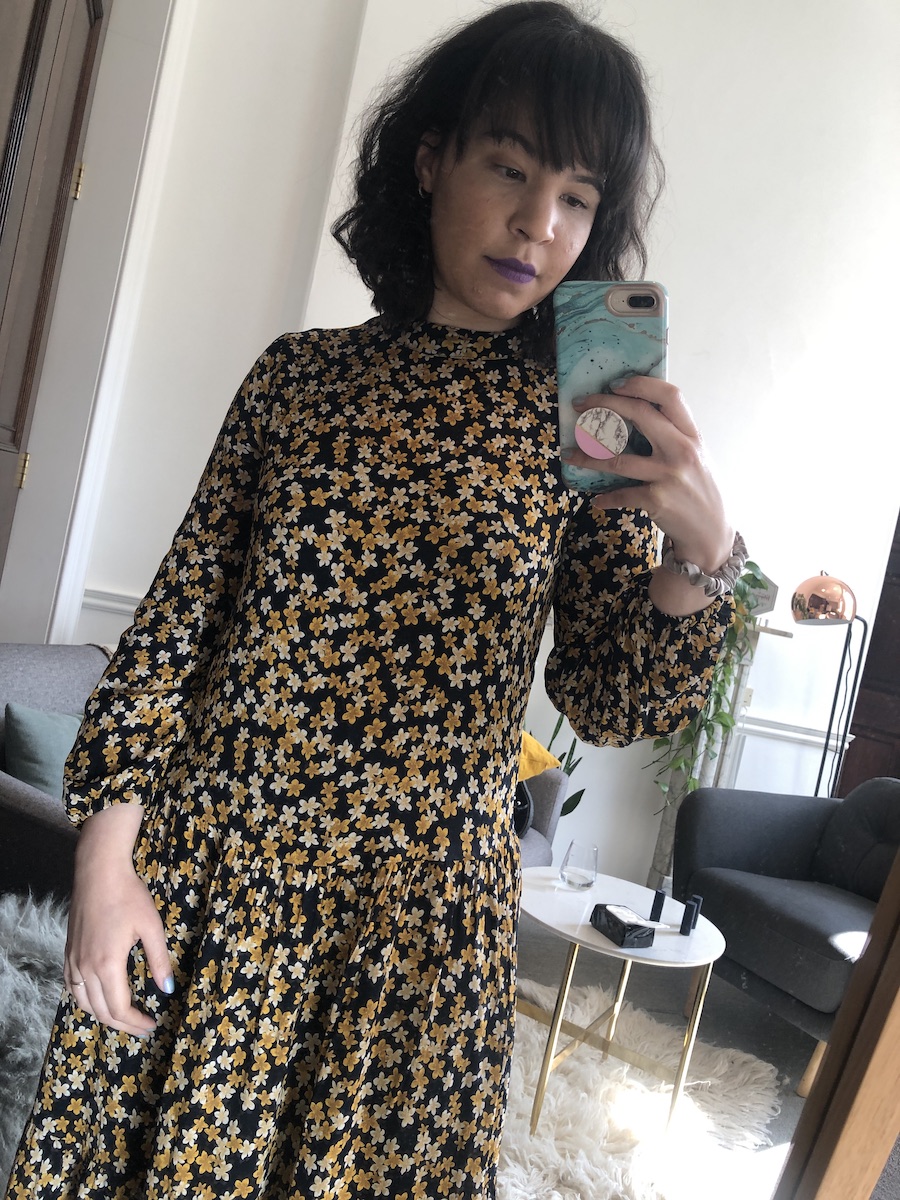
I've spoken extensively about my skin journey with hormonal acne and breakouts, so I couldn't wait to give the app a try. It was so interesting to see the technology manage to pick up on the smallest of blackheads and areas of pigmentation. I've also perceived my skin of being incredibly scarred, but with the app, it was interesting to realise that the pigmented marks are predominantly on the right side of my face compared with the left side (18 pigmented marks versus seven).
Overall, my skin was graded at a 2/4+ with advice to see a professional for more specific skincare advice, and a three-step routine to reduce the cause of breakouts and help clear my skin. Although I can't comment on the effectiveness of these products just yet, I'm really excited that expert advice is becoming more accessible to everyone and can't wait to see what's next.
First step:
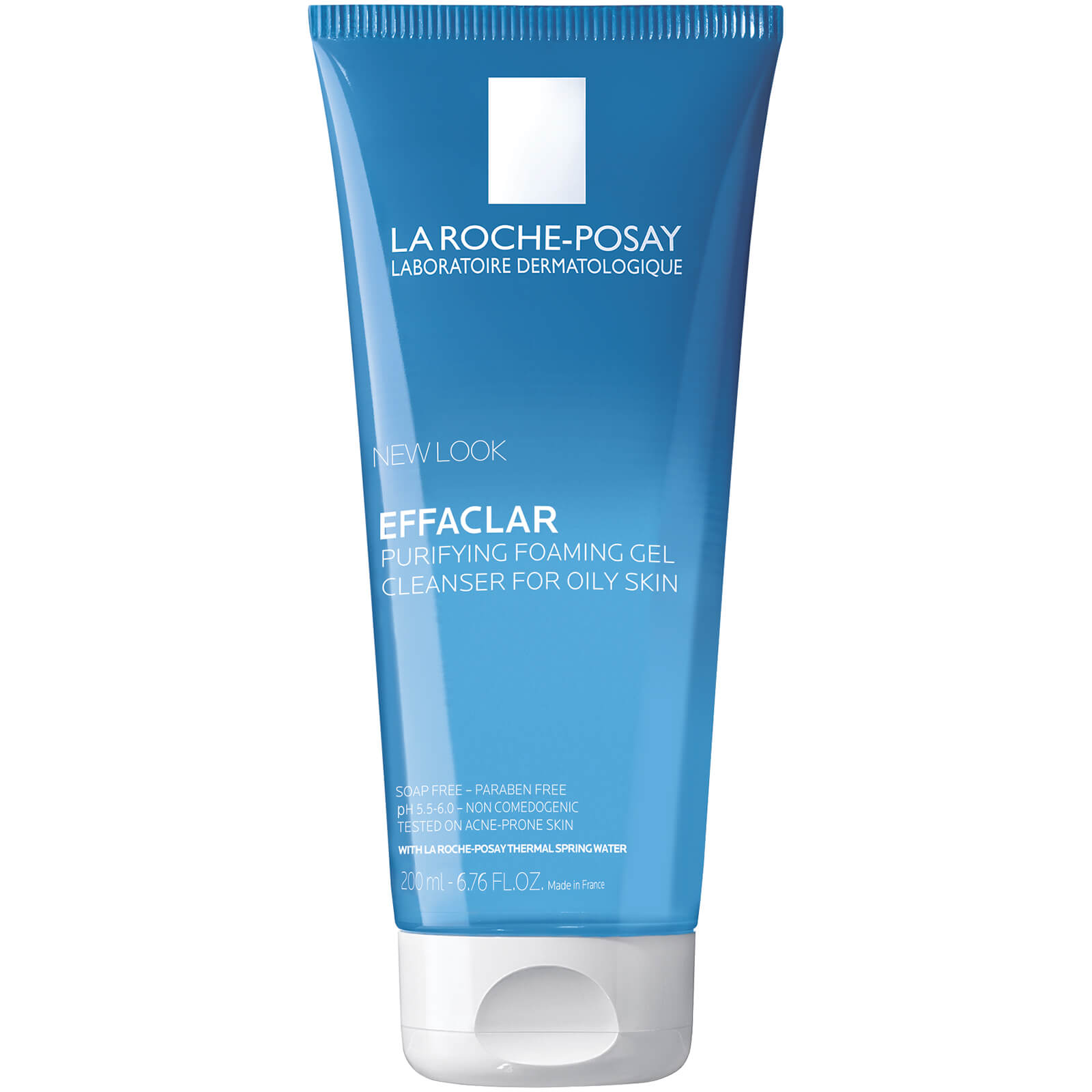
I was recommended to start by using this gently, purifying cleanser to remove impurities.
Second step:

Next, the app advised me to use this toner to unclog pores and reduce their size.
Third step:
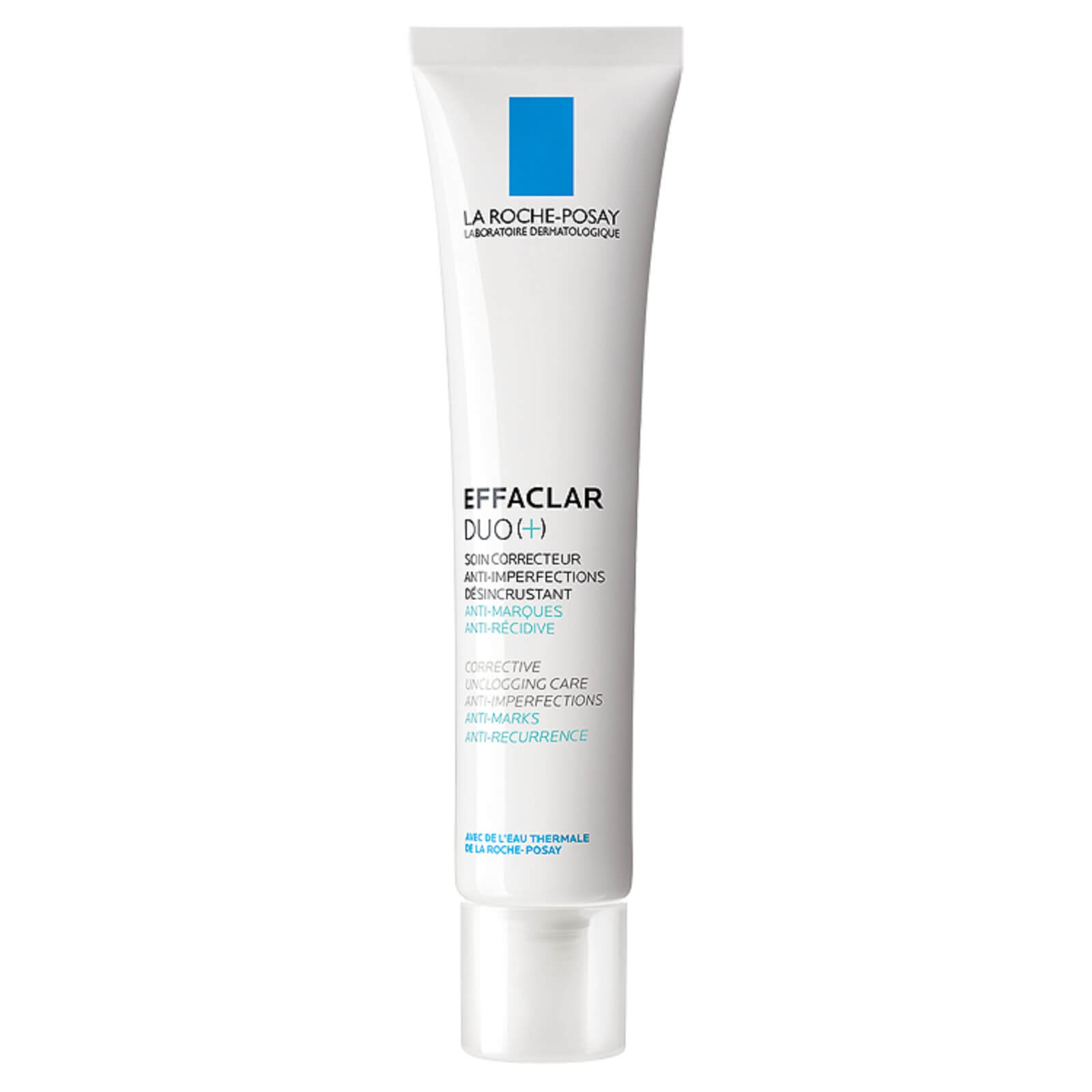
Finally, I was delighted to be recommended this daily moisturiser which is one of my favourites. It's formulated to unclog pores, hydrate skin and correct blemishes.
Next up, the six products that you should keep in the fridge, according to a skin expert.
Mica Ricketts is a freelance beauty editor, copywriter and regular contributor to Who What Wear UK. She also writes for titles including Marie Claire Refinery 29 and Cosmopolitan, and previously worked at Who What Wear UK as Beauty Editor. With experience in both editorial and content management, she also works with beauty brands and small businesses on brand messaging and content strategy. As a busy mum of two, she is passionate about finding efficacious beauty products that can disguise all signs of tiredness with minimal effort.
-
 I'm an Expert in Nail Trends—These Are the 6 Nail Colors Everyone Will Be Wearing This Spring
I'm an Expert in Nail Trends—These Are the 6 Nail Colors Everyone Will Be Wearing This SpringFresh mani inspo.
By Jazzria Harris
-
 I'm Calling It: This Chic OPI Shade Will Be the Biggest Nail Polish Color of the Season
I'm Calling It: This Chic OPI Shade Will Be the Biggest Nail Polish Color of the SeasonNeutral nail lovers, rejoice!
By Grace Lindsay
-
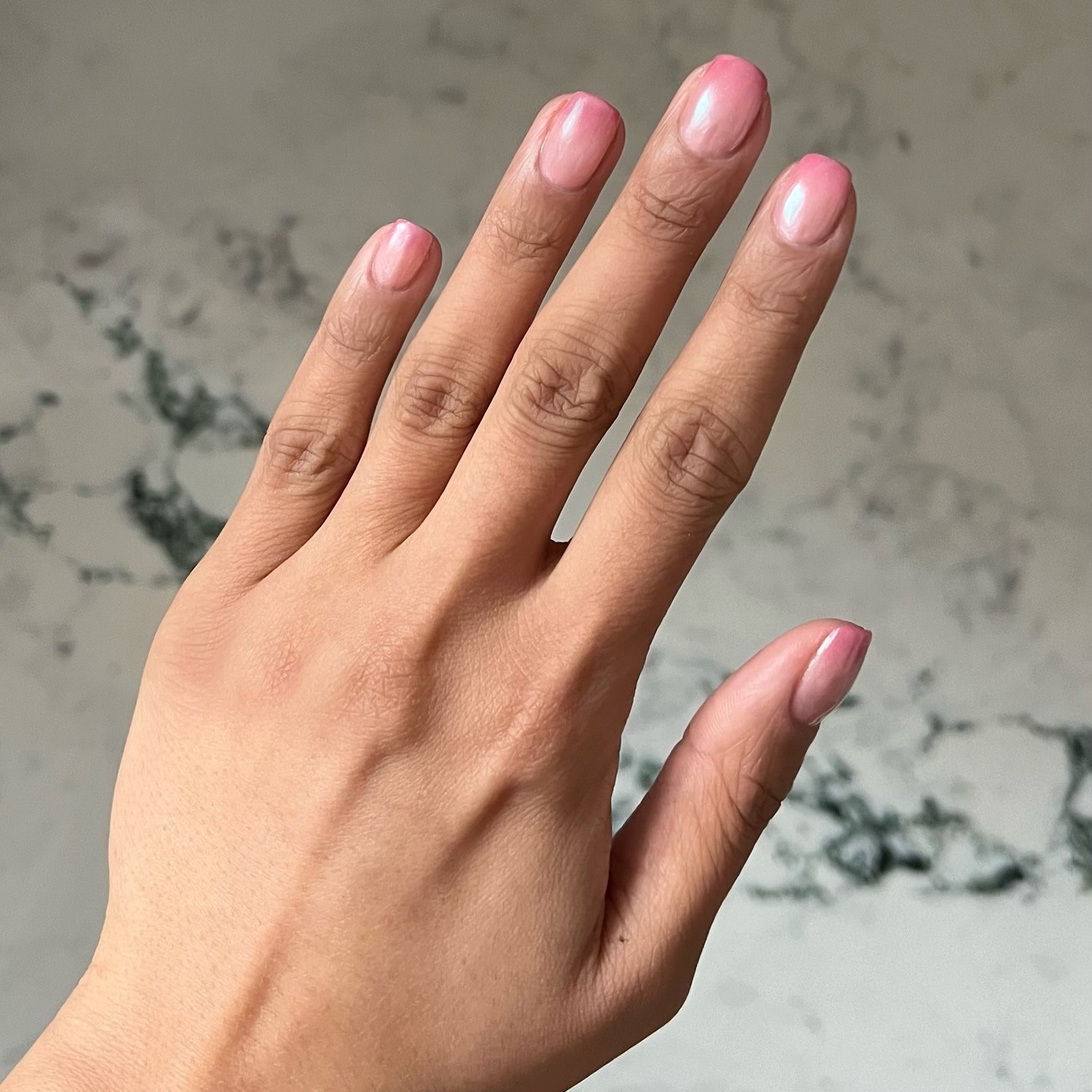 I Know Expensive-Looking Nails When I See Them, and I'm Swooning Over This "Candy Floss" Mani
I Know Expensive-Looking Nails When I See Them, and I'm Swooning Over This "Candy Floss" ManiI couldn't have screenshotted it any faster.
By Jamie Schneider
-
 Sydney Sweeney Just Cosigned Chocolate Croc Nails (Plus a Matching Corset) for Spring
Sydney Sweeney Just Cosigned Chocolate Croc Nails (Plus a Matching Corset) for SpringI'm officially copying it all season.
By Jamie Schneider
-
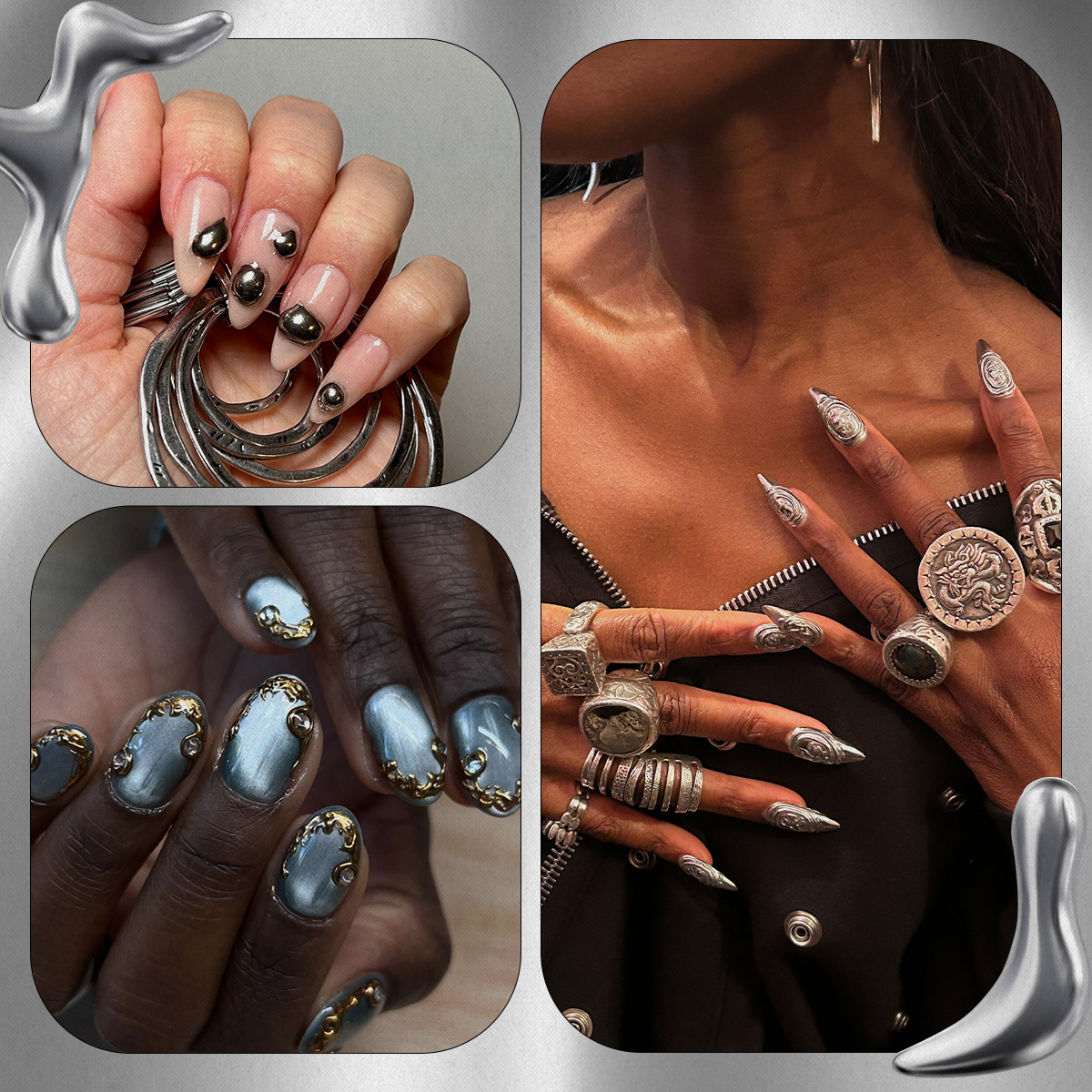 I'm Bored of Demure Manicures, so I Tried the Ornate Spring Nail Trend That's All Over Pinterest
I'm Bored of Demure Manicures, so I Tried the Ornate Spring Nail Trend That's All Over PinterestI can't get enough.
By Alyssa Brascia
-
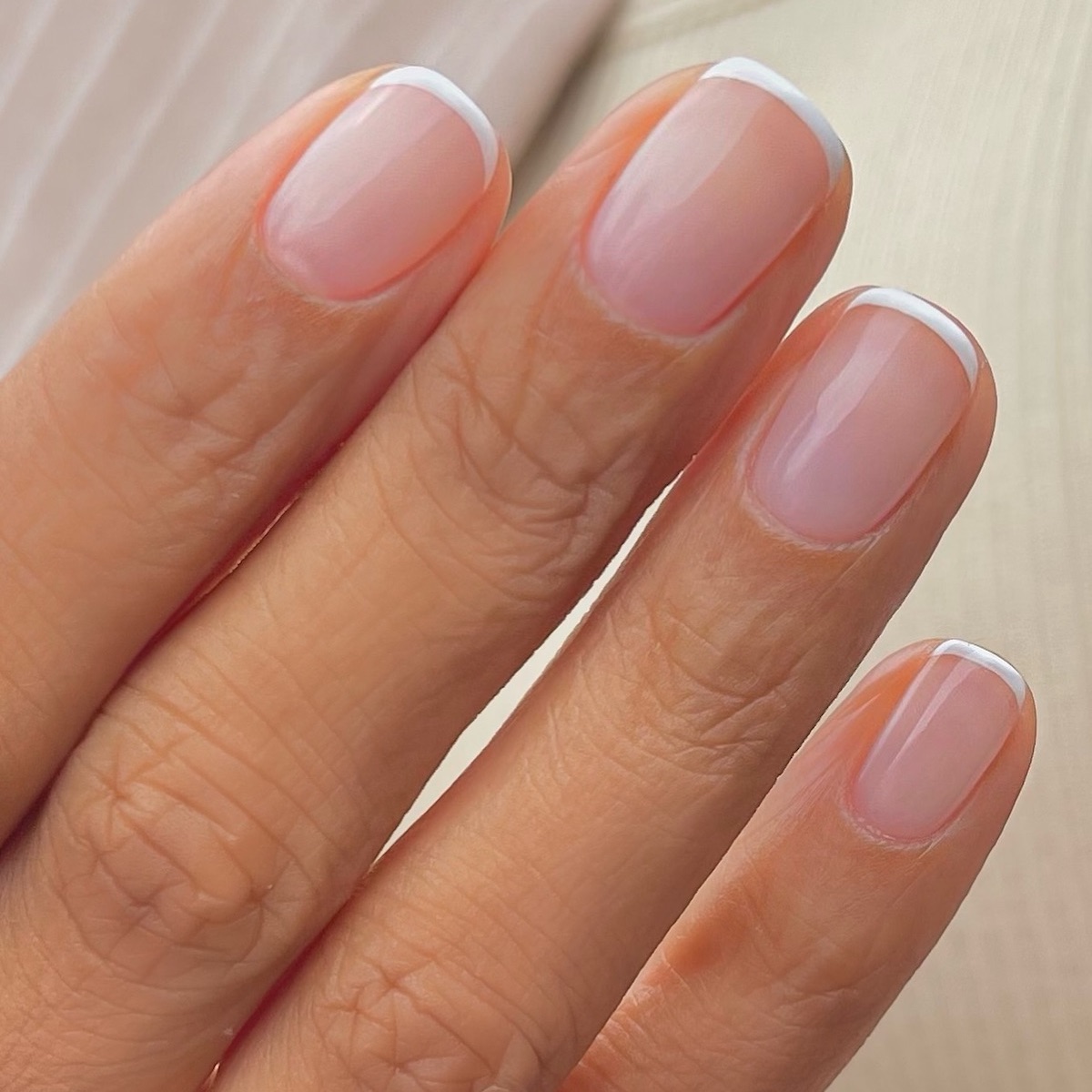 The "Baby French" Is Officially Spring's Most Elegant Nail Trend—Hailey Bieber Agrees
The "Baby French" Is Officially Spring's Most Elegant Nail Trend—Hailey Bieber AgreesGo ahead and book that first spring nail appointment.
By Kaitlyn McLintock
-
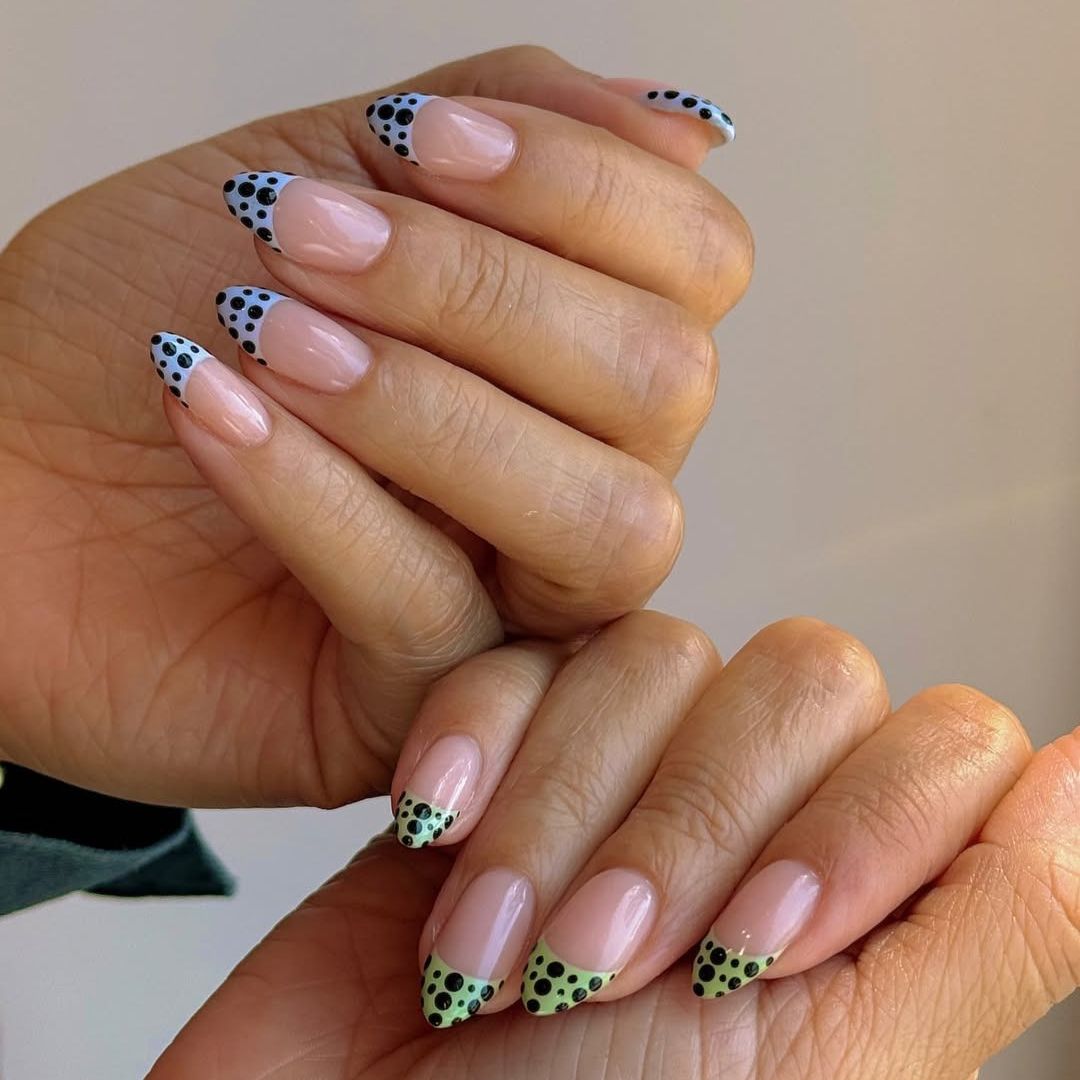 I Thought Easter Nails Were Tacky Until I Saw These 9 Elevated, Effortlessly Chic Designs
I Thought Easter Nails Were Tacky Until I Saw These 9 Elevated, Effortlessly Chic DesignsYou’ll want to bring these pics to your next nail appointment.
By Alyssa Brascia
-
 Selena Gomez's Date-Night Nail Polish of Choice? This Nostalgic $13 Shade of Cherry
Selena Gomez's Date-Night Nail Polish of Choice? This Nostalgic $13 Shade of CherryI'm buying a fresh bottle.
By Kaitlyn McLintock

